- Engine and CVT combo
- Warranty and aftersales package
- Equipment level (with safety pack)
- No manual option
- Hubcaps
- Plastic steering wheel
It’s taken Kia a long time to introduce a ‘right-sized’ small SUV to market. While competitors, have been populating the segment since as early as 2006, Kia hasn’t had a competitor locally until now. That answer is the 2020 Kia Seltos and competes with the likes of the Mazda CX-3, Mitsubishi ASX, and Nissan Qashqai. Competing in such a crowded segment, does the Seltos have what it takes to stand out? We tested the entry level S with the optional safety pack to find out.
Price & Specs:
The 2020 Kia Seltos S will set you back $26,990 drive away, which is $700 cheaper than the equivalent Mitsubishi ASX and a whopping $3,300 cheaper than the Nissan Qashqai. In a price sensitive market such as small SUVs, this is important.
The Seltos S comes with a reasonable standard equipment list including a an 8.0-inch touchscreen with Apple CarPlay and Android Auto smartphone mirroring, auto headlights, a reversing camera with rear parking sensors, a six-speaker sound system and cruise control.
As far as safety is concerned as standard the 2020 Kia Seltos S has six airbags, ABS, stability control, forward-collision warning, camera-based AEB with pedestrian detection, driver-attention alert and lane-keep assist.
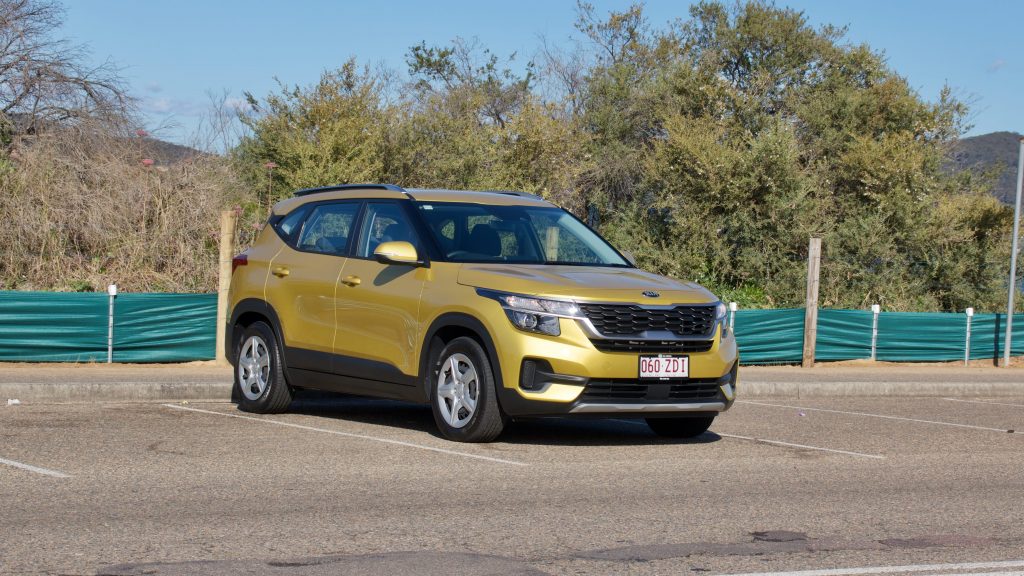

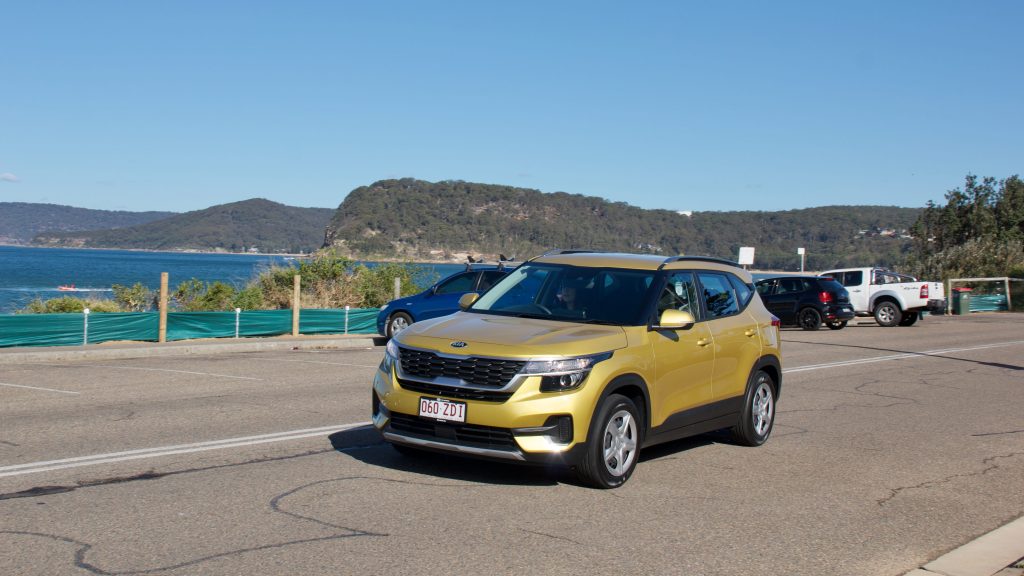
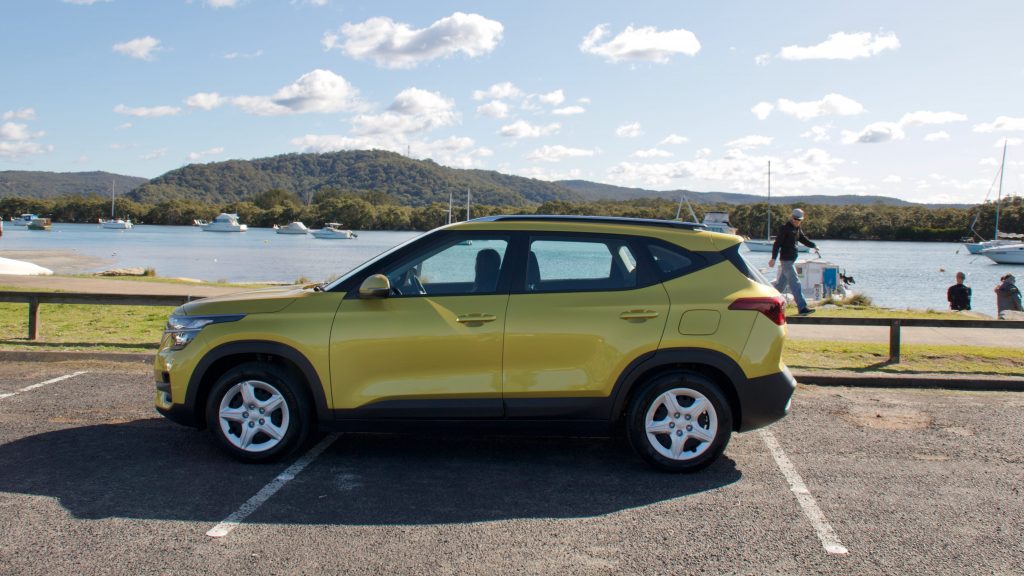
It would be nice to see a leather steering wheel and alloy wheels included in the spec of the S – spending similar money on a Cerato sees those features and more included.
Kia offers one option in the form of a safety package. Mark our words: this is a completely necessary purchase when considering a Seltos. It’s only an extra $1,000 and yet it adds a more advanced auto braking system with cyclist detection, upgraded driver attention monitoring and adaptive cruise control, as well as auto-folding mirrors, an auto up/down driver’s window, an electric handbrake and larger rear disc brakes. We personally think this should be standard equipment but until then, you must tick the box for the optional pack.
The ‘Starbright Yellow’ paint on our test car is the only standard no cost colour on the Seltos – any other colour (including white) will set you back a further $520.
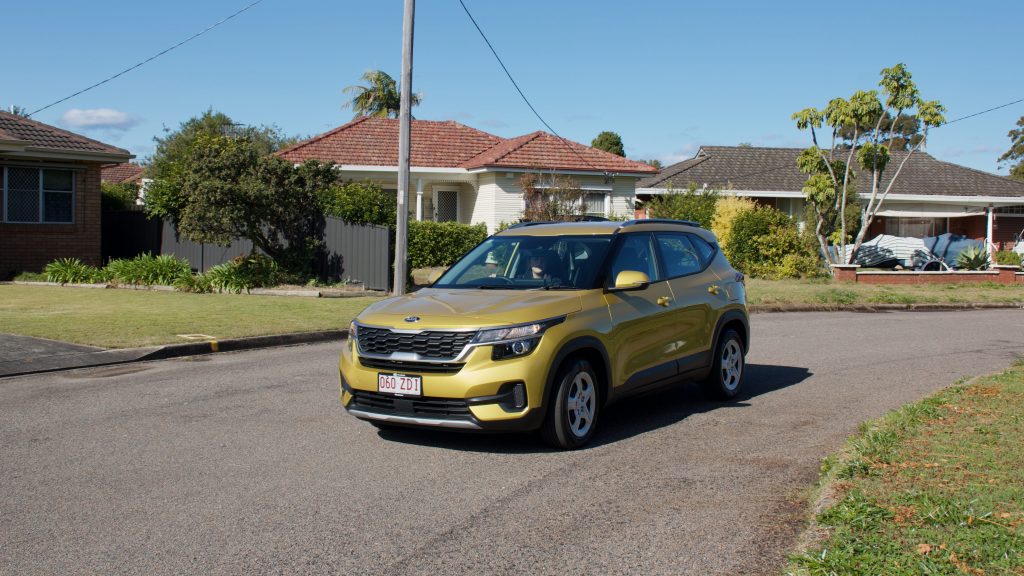
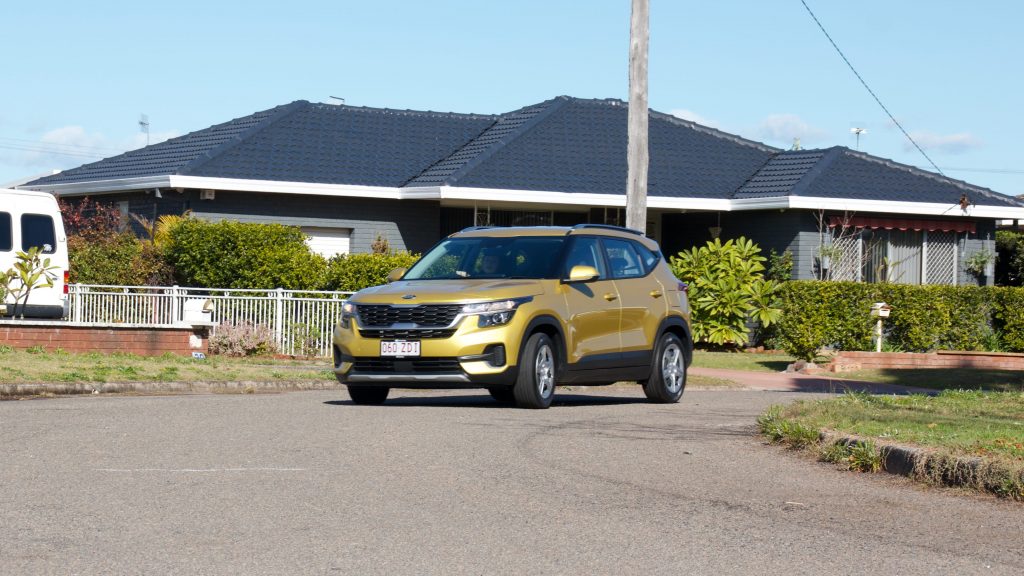
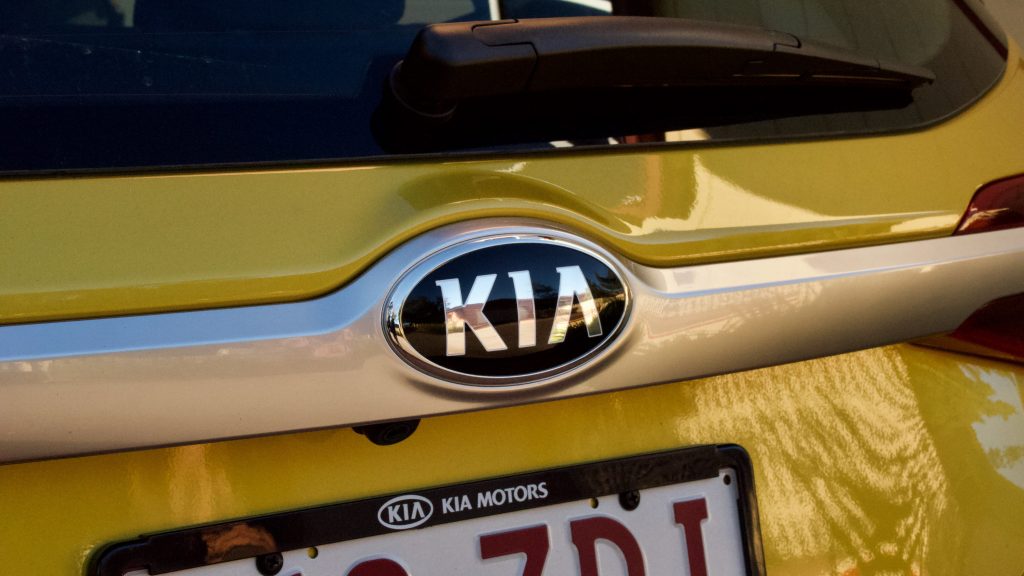
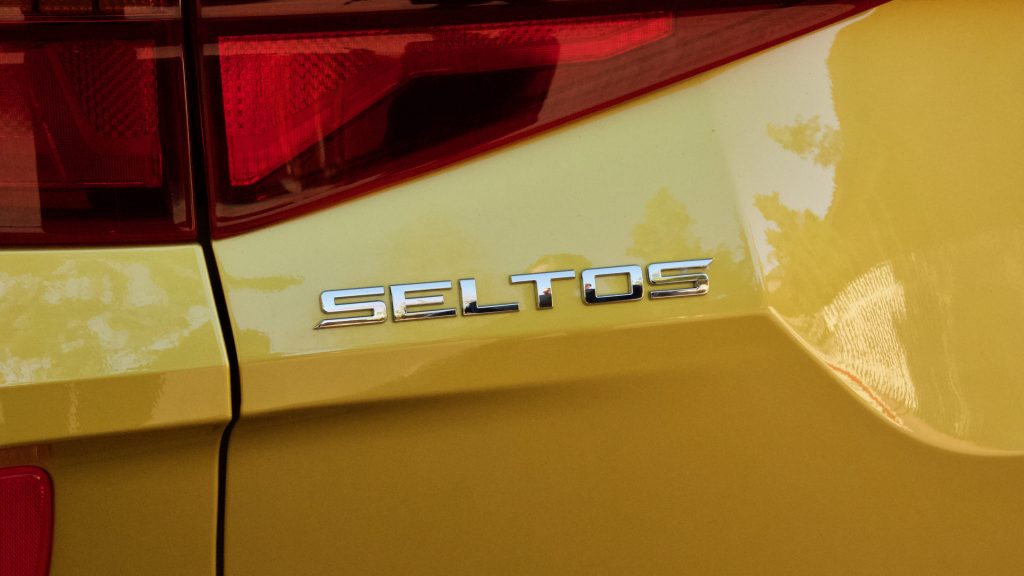
Of course, you can spend a lot more on a Seltos – up to $42,990 drive away for the top-spec GT-Line. Going up the range adds kit like a 1.6-litre turbo engine with all-wheel drive, better lighting, leather upholstery and so on but we think the sweet spot of the range is the Sport, which is only $31,490 drive away with the aforementioned safety package.
It is also worth noting that the larger Sportage can be had with for just over $30,000 drive away as an auto, which is definitely food for thought.
Drive/Engine:
The 2020 Kia Seltos S comes with a 2.0-litre four-cylinder petrol engine driving the front wheels through a continuously variable transmission (CVT). It produces 110kW of power and 180Nm of torque but don’t let these numbers fool you, the Seltos is a nimble and fun car to drive, even with the aforementioned CVT. It produces the same power output as a Mazda CX-3 but 15Nm less torque.
The transmission is one of the best CVT transmissions we have driven here at DiscoverAuto as it doesn’t have the rubbery loose feeling of most CVTs. It mimics gears while not being too obvious that they aren’t real and feels mostly like a standard torque converter auto. The claimed combined fuel consumption figure for the 2020 Kia Seltos is 6.8L/100km, which is 0.4L/100km better than the – smaller but built on the same platform – Hyundai Kona.
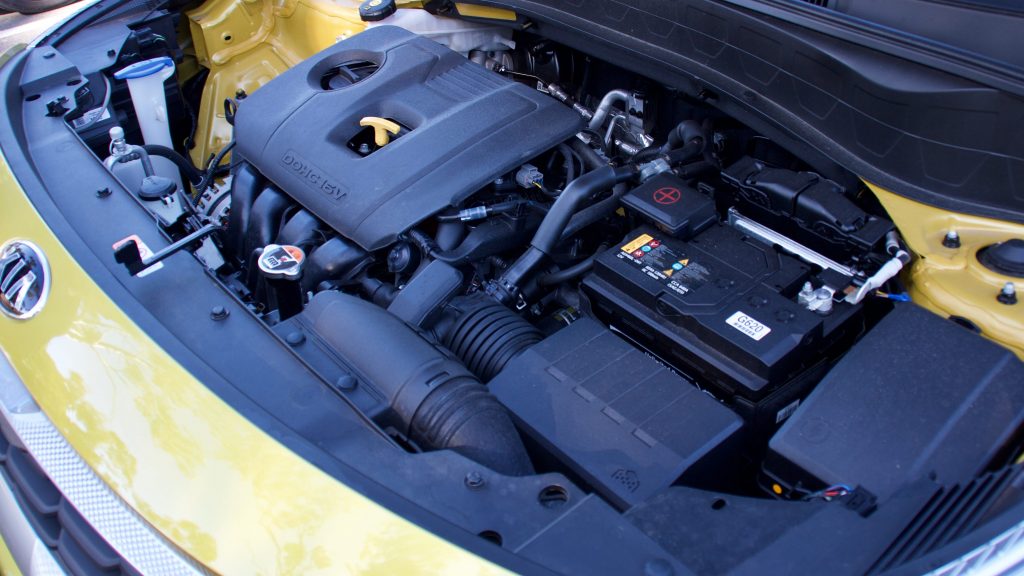
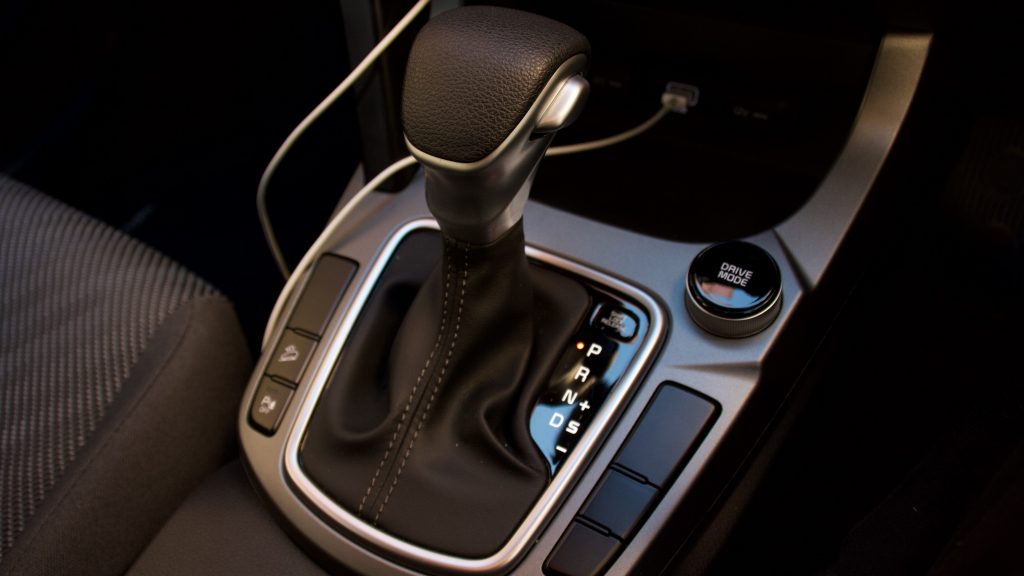
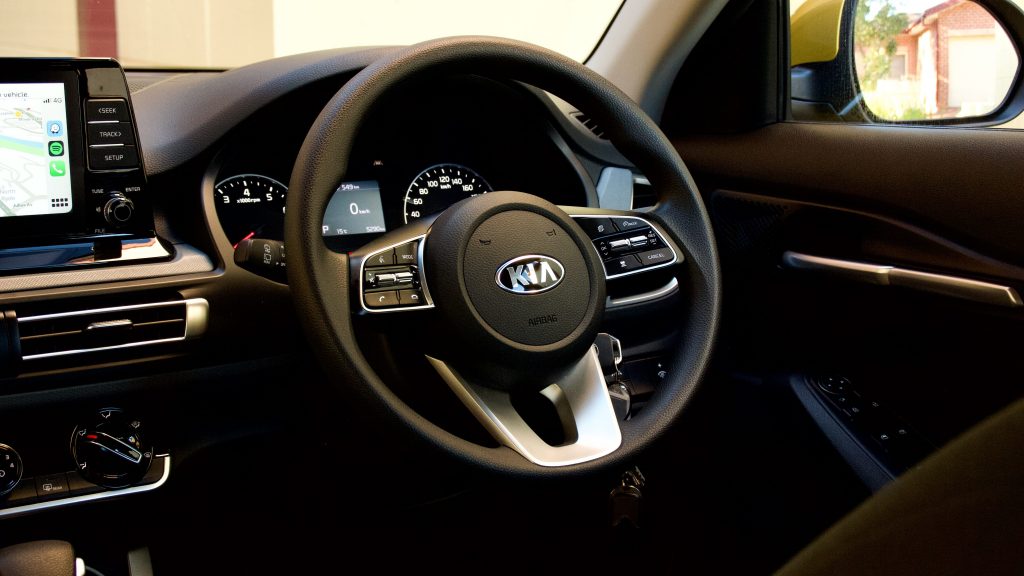
The Seltos has three driving modes: Eco, Normal and Sport. These change the CVTs gearing and throttle response to encourage either more economical or sporty driving. In our time with the Seltos, we averaged 7.4L/100km over a mix of urban and highway driving – not amazing but not too far from the claimed figure.
Ride/Handling:
Most noticeable about the Seltos is just how well it drives, thanks to Kia’s local tuning program. It’s composed and soft enough to cope with Sydney’s horrendous roads, but not soft enough that it doesn’t handle corners. We’re glad Kia gave the Seltos smaller wheels and a comfortable ride, rather than larger wheels and a stiffer ride – though alloys would be nice.
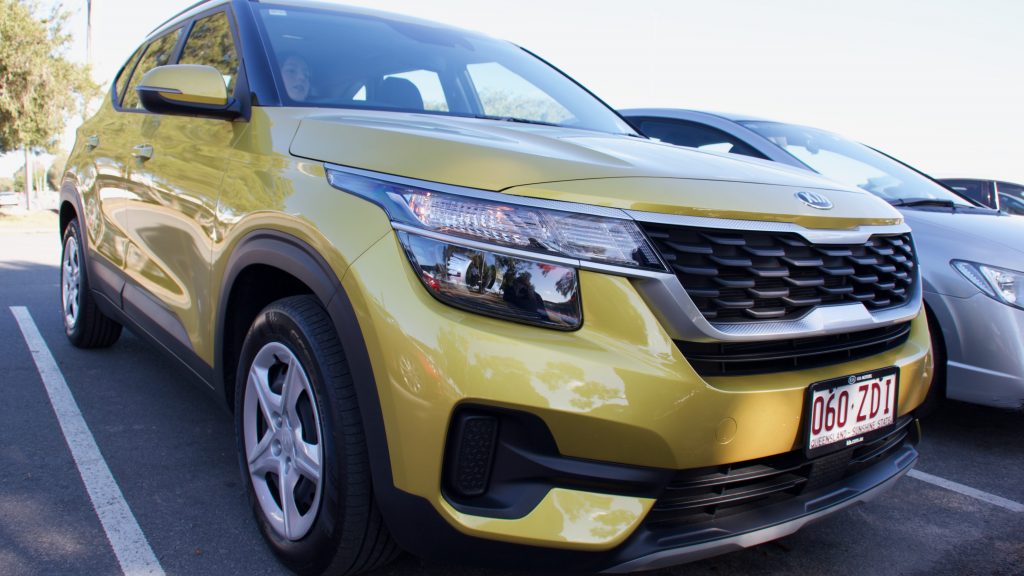
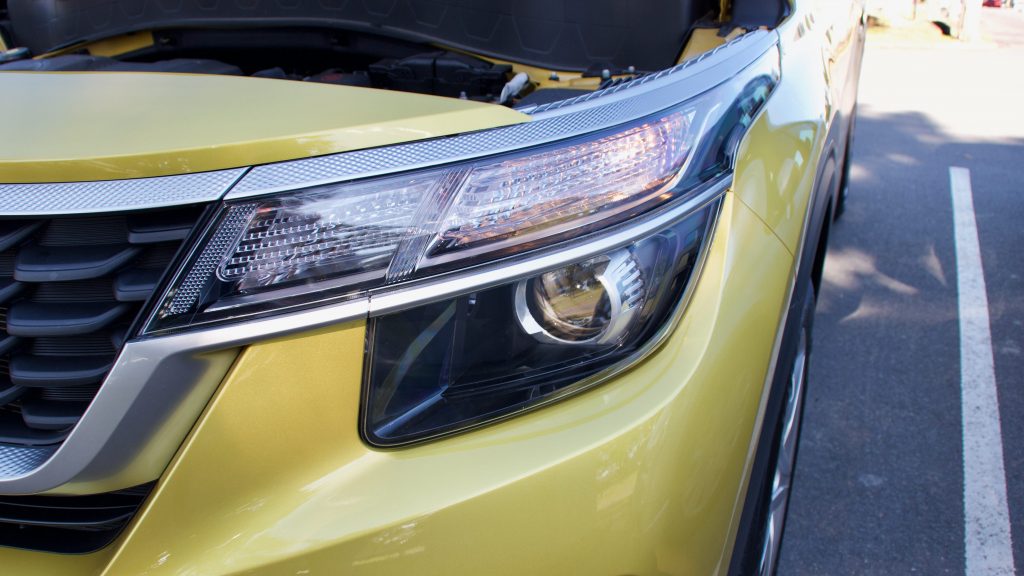
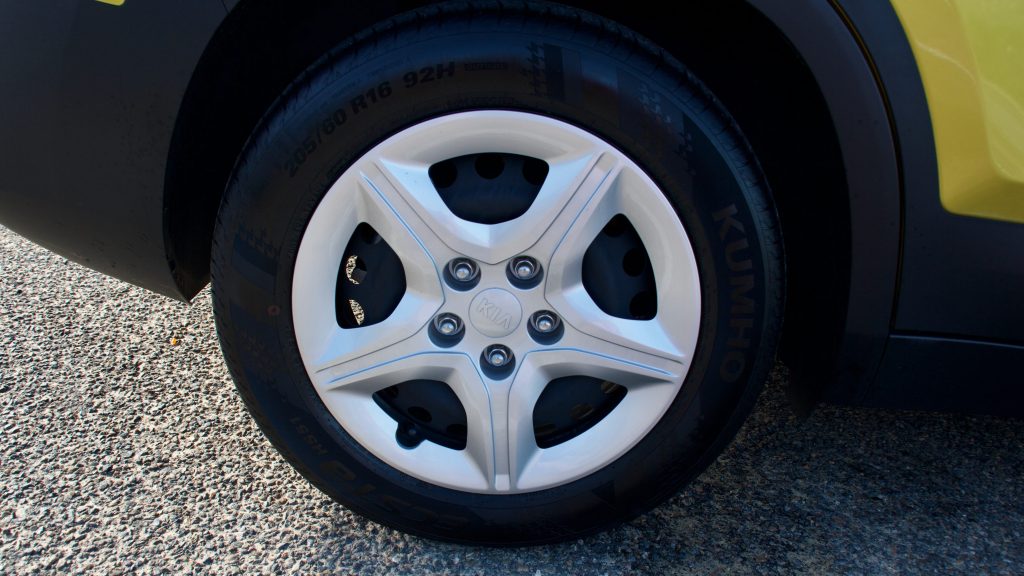
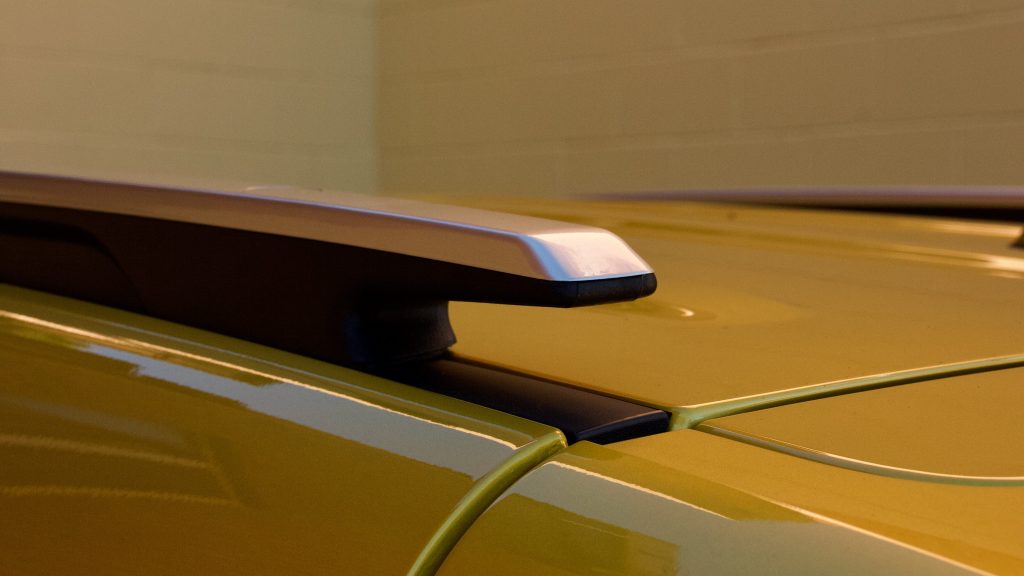
The steering of the 2020 Kia Seltos can feel a bit heavy at normal speeds, but it lightens when parking. It’s otherwise surprisingly direct for a Hyundai Kia product, and definitely feels the most well-tuned for cars on this platform (Hyundai Kona, i30, Kia Cerato, etc) so far.
The steering definitely contributes to the Seltos’ fun factor, which is something we weren’t expecting. It’s a genuinely fun thing to chuck into corners – if that’s your thing. If it’s not, it’s direct enough to give confidence when driving normally.
Interior/Practicality:
What adds to the Seltos’ value equation is its size. It’s larger than its Hyundai Kona cousin, and that gives it major brownie points, especially for the younger families that Kia is targeting with the car. It’s a genuinely spacious car, and four people will have no trouble at all fitting, even if they’re a tall.
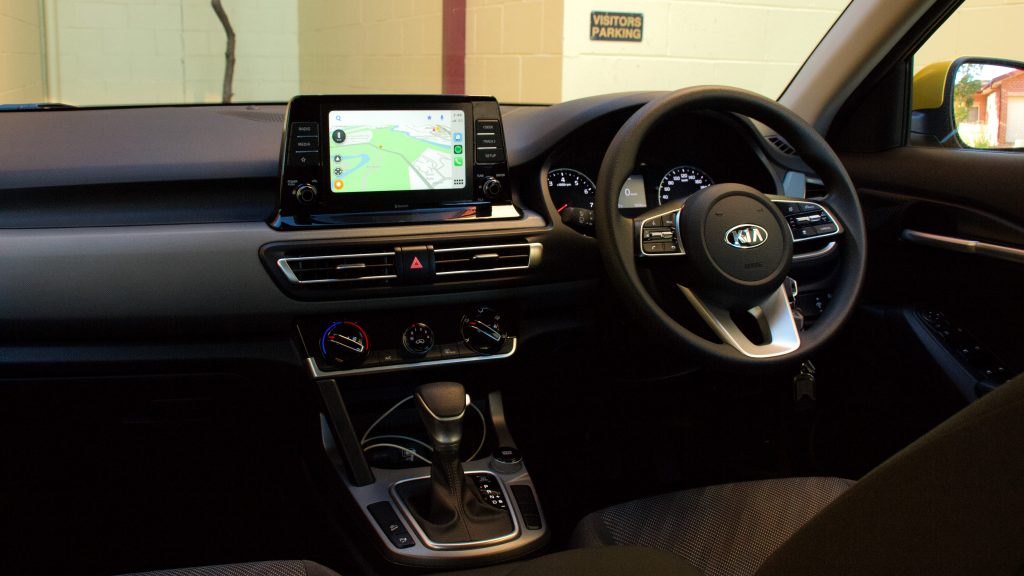
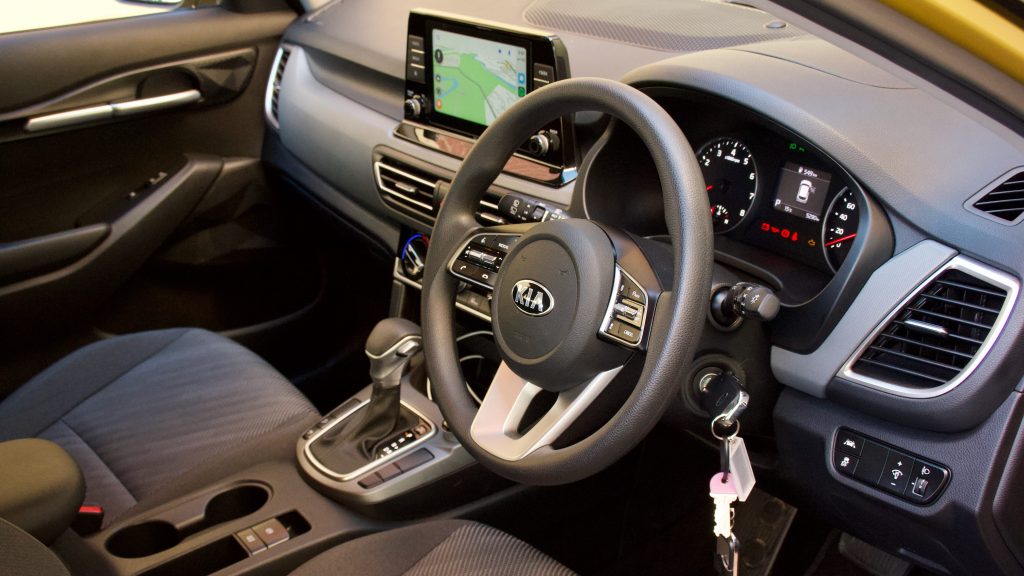
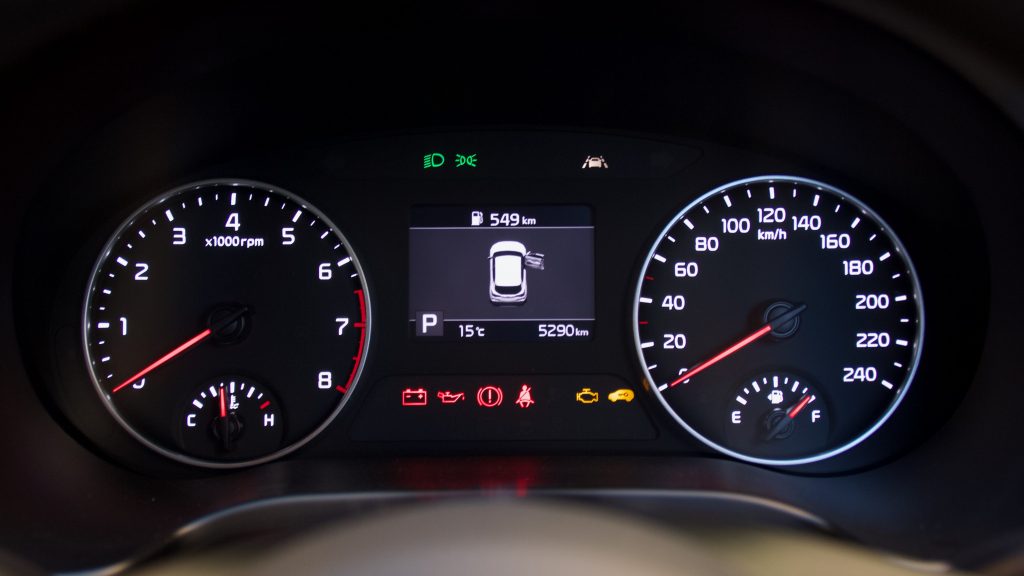

It’s also extremely ergonomic and easy to understand inside – the 8.0-inch infotainment screen is especially great to use thanks to shortcut buttons on each side, and a healthy use of colour. The physical dials are easy to read, and a centre mounted digital speedo and trip computer are large. Below this is the manual air-conditioning controls, which are easy to use and have a nice feel to them – yes they’re not automatic, but this is a base model, what did you expect?
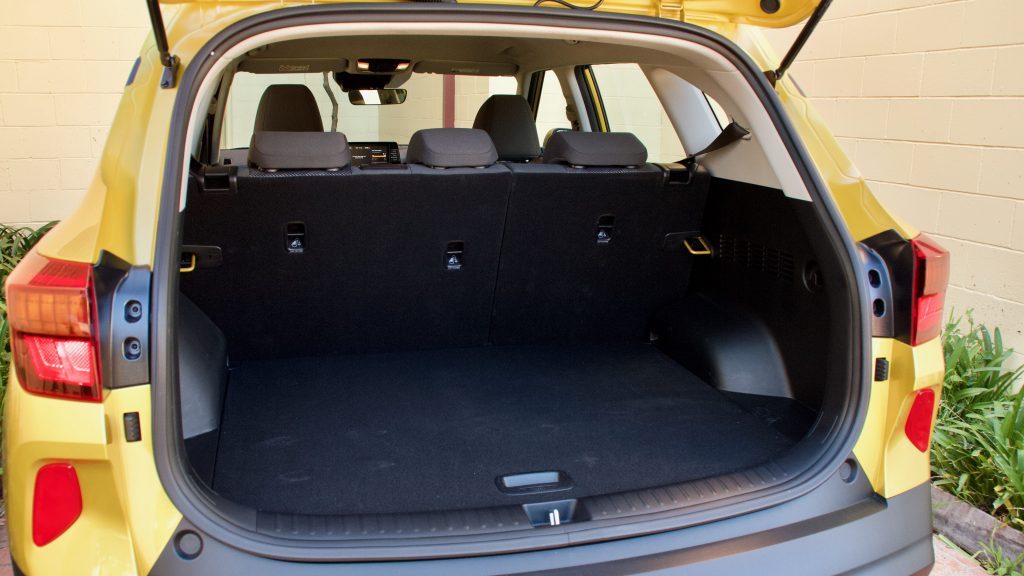
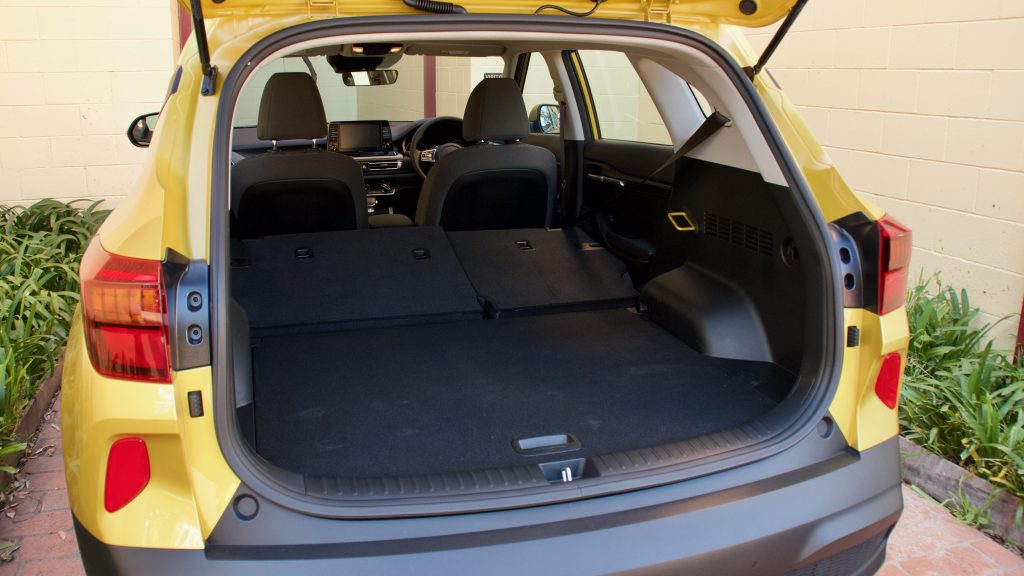
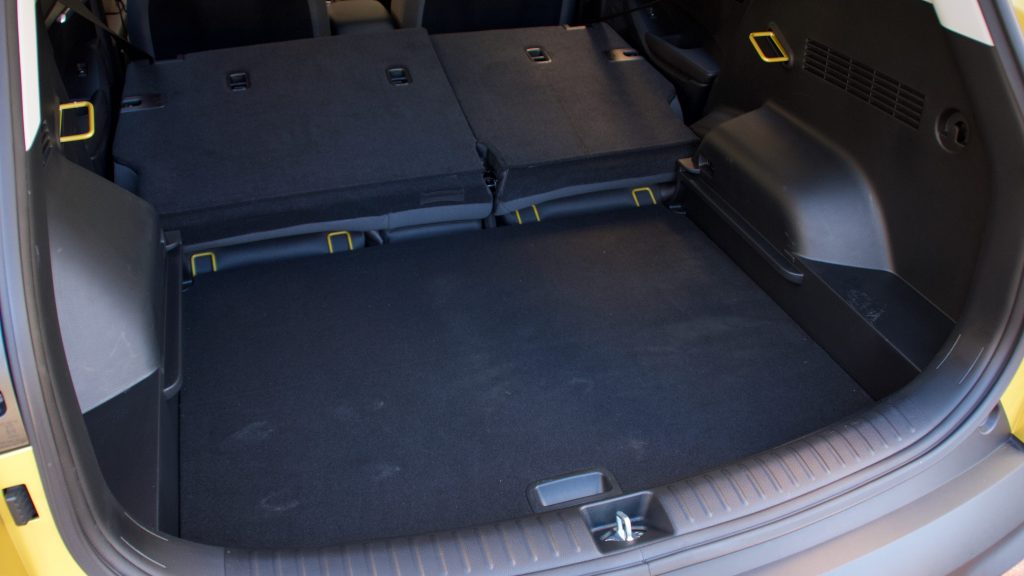
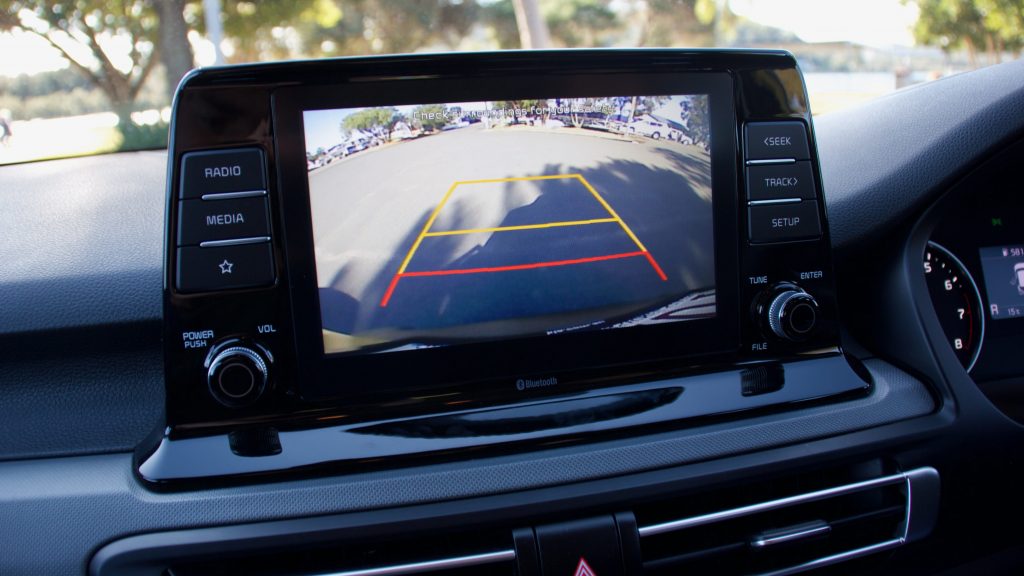
The cloth seats in the Seltos S are reasonably comfortable, though lumbar adjustment would be helpful on longer journeys. The steering controls are easy to use, and the buttons have a nice solid feel to them. The funky door-mounted speaker covers give a modern feel to the cabin too – choosing the top-spec GT-Line adds unique mood lighting that changes at each beat.
The boot space is also very healthy for the class at 498-litres – more expensive models feature a larger full-size spare wheel that reduces this to 433L. The space is flexible with an adjustable floor height, flat-folding 60/40-split seats and a few tethering hooks so your shopping doesn’t go flying in the race to leave the shopping centre car park. It doesn’t, however, get a load cover so your bootspace is exposed when the car is parked – a strange omission in 2020. It is available as a dealer-fit accessory.
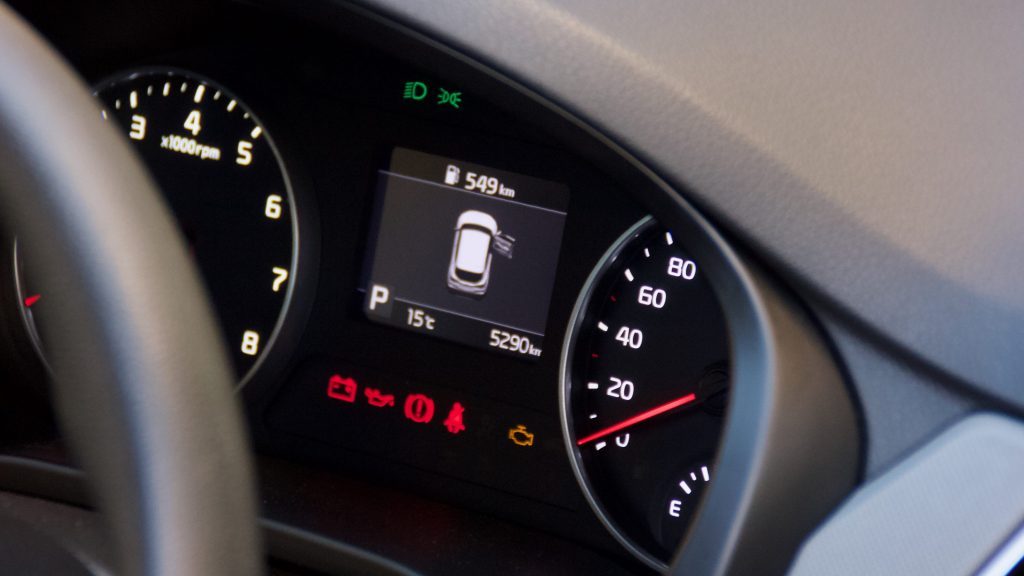
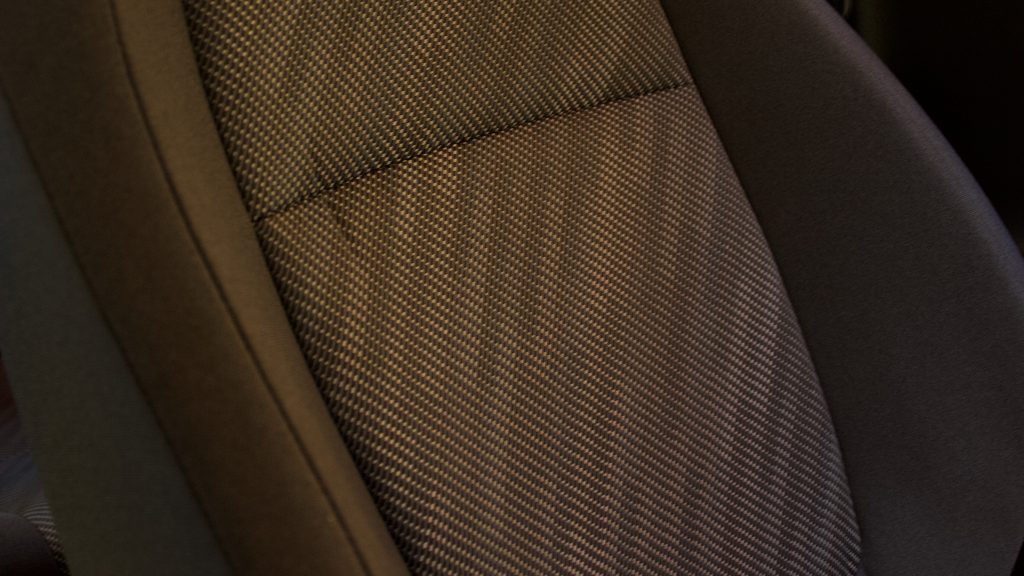
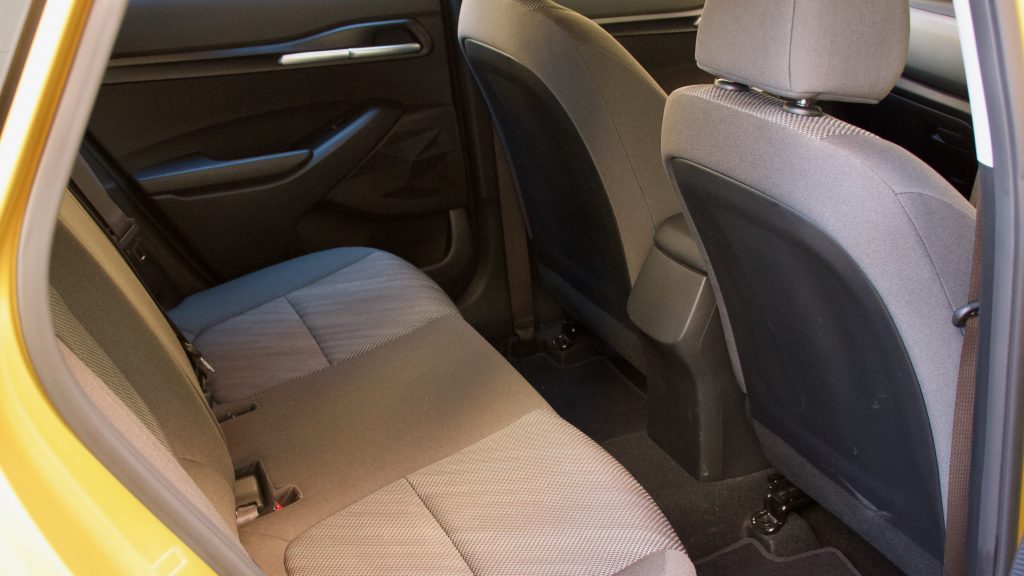
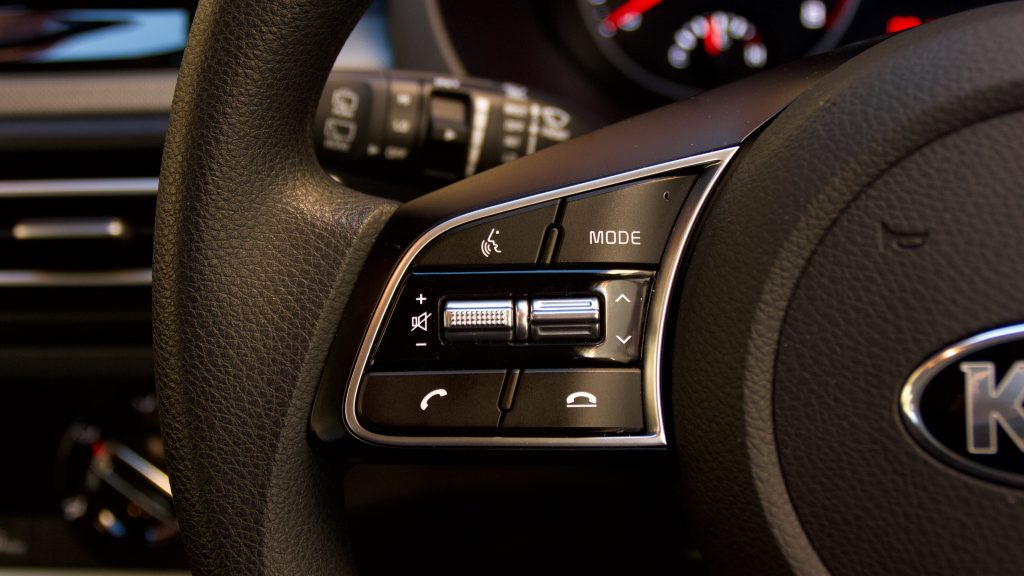
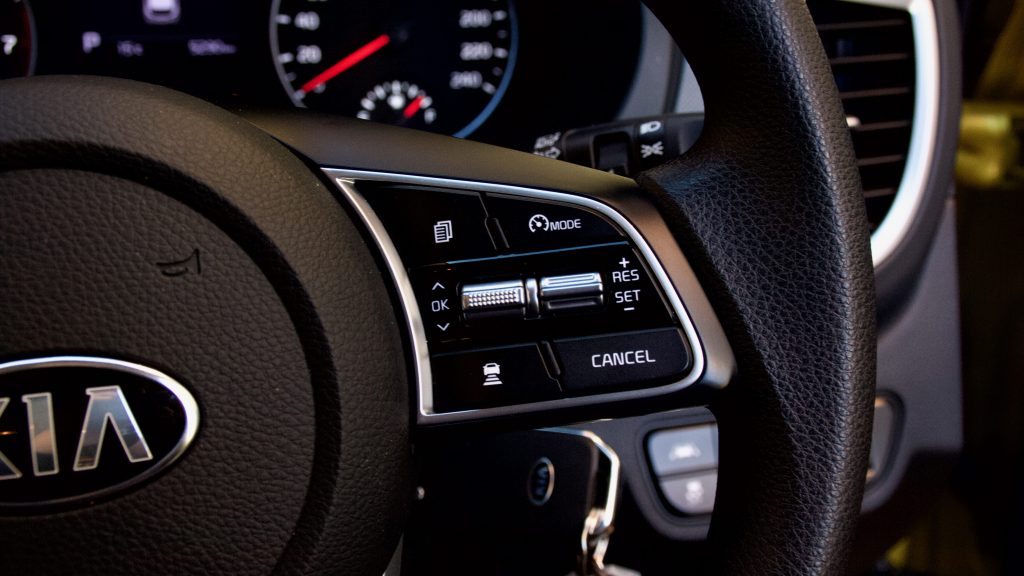
Lack of cargo cover aside, the only thing we’d improve in the Seltos’ cabin is the material quality. The switchgear such as the steering wheel buttons and window controls are nice to touch – and noticeably better than Hyundai cousins – but the plastics on the dashboard and door trims are all hard and scratchy, and the plastic steering wheel is coarse. A leather steering wheel, soft dashboard panel and even some cloth on the doors would go a long way in improving the feel of the base Seltos’ cabin feel. There’s nothing wrong with the way it’s screwed together, it just needs some extra finishing to make it feel more special.
Running Costs/ Warranty:
The 2020 Kia Seltos S comes with Kia’s well-known and industry-leading seven-year/unlimited kilometre warranty. It also comes with 12-months worth of roadside assistance and this is extended by a further 12-months at every scheduled service at a Kia service centre up to seven years in total.
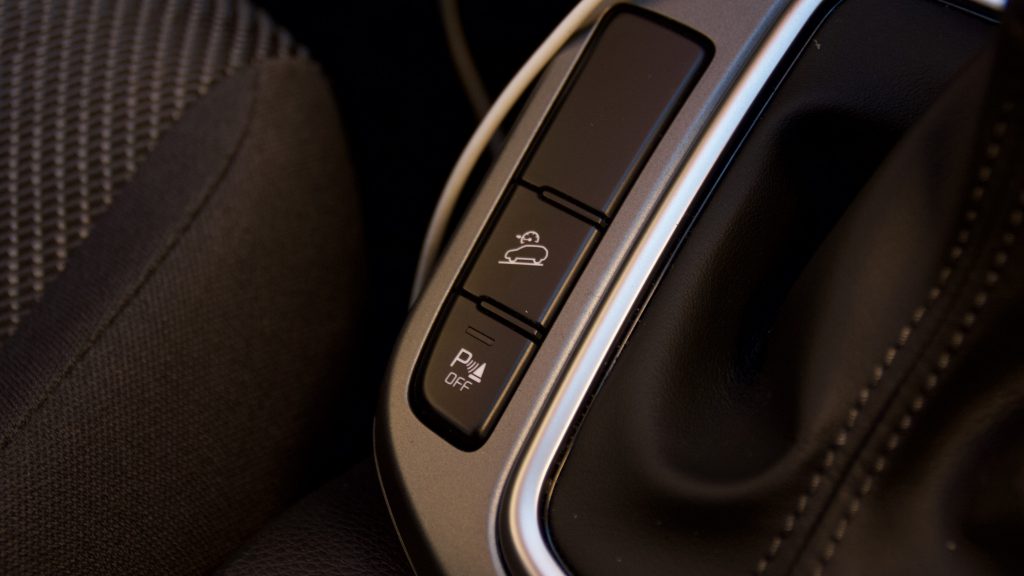
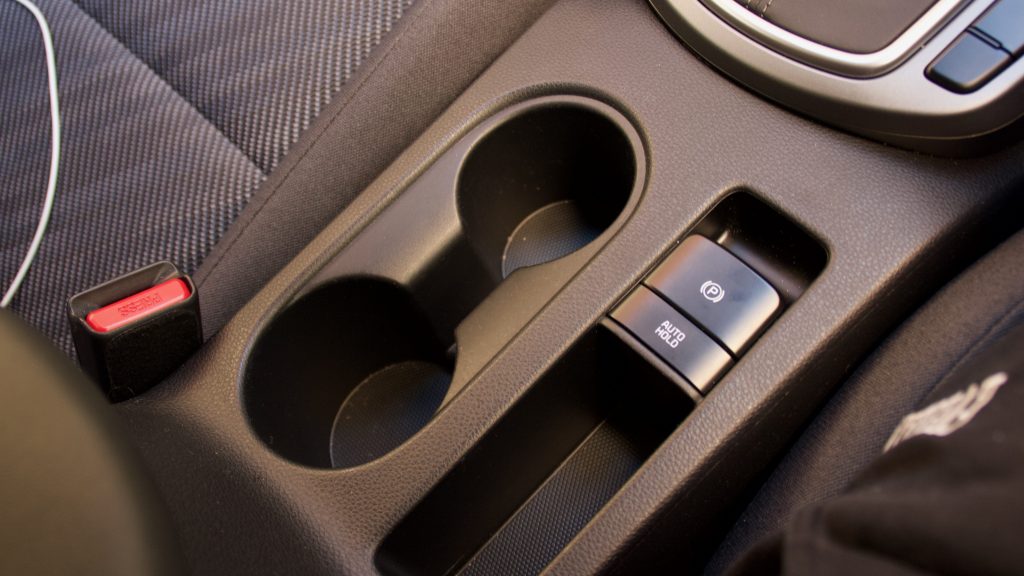
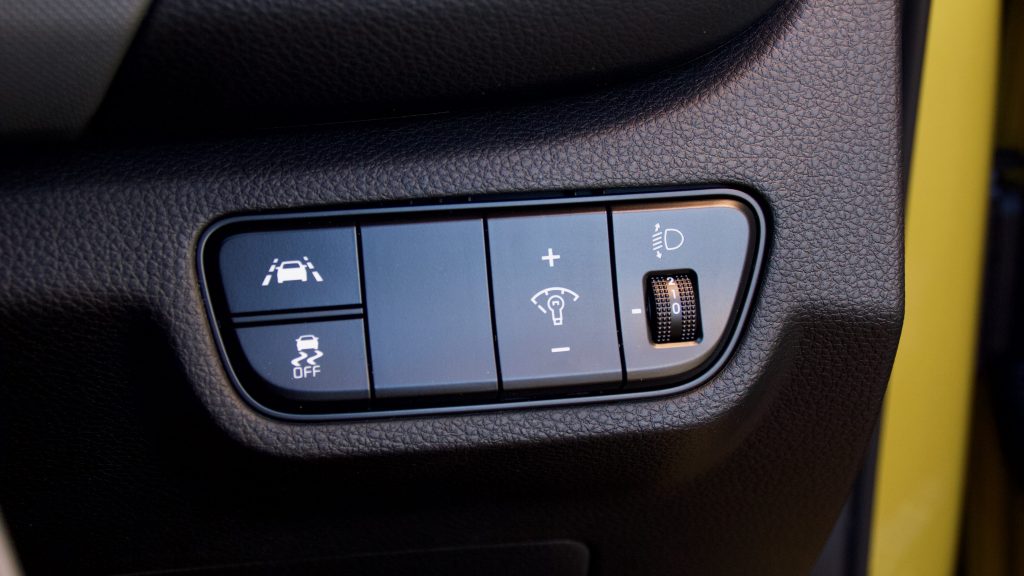
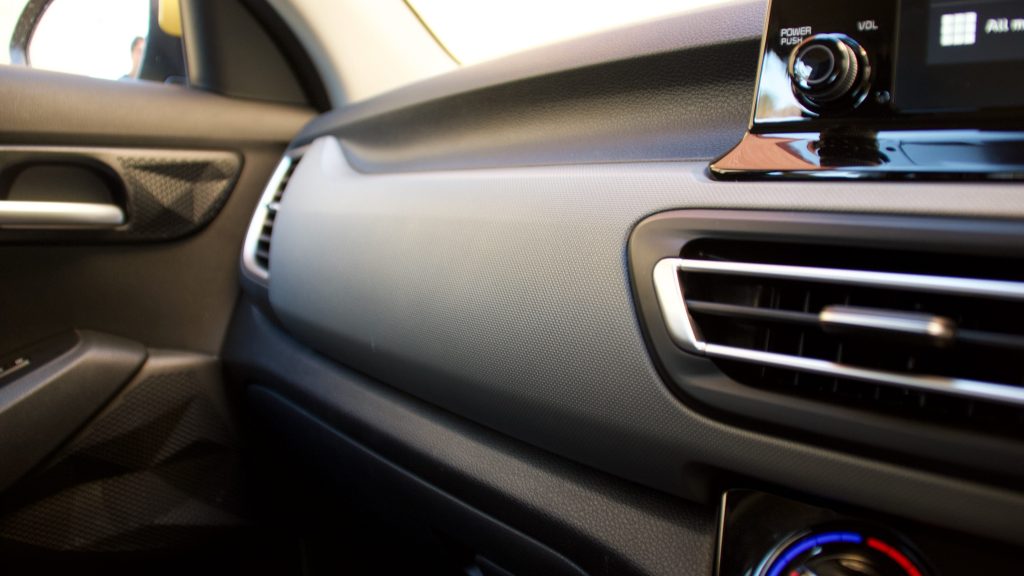
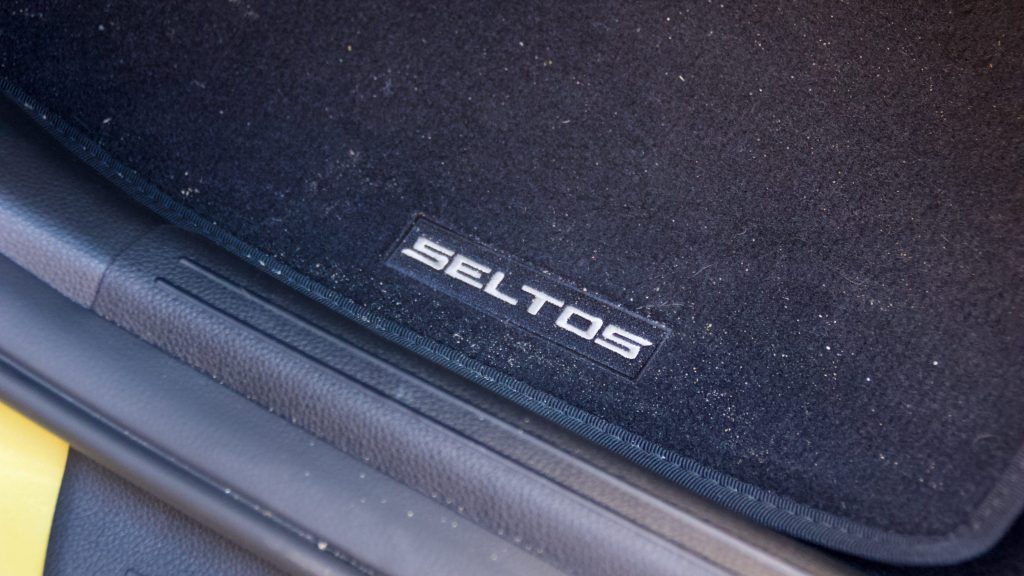
The service intervals for the 2.0-litre petrol Seltos are 12 months or 15,000km, which is better than the 10,000km intervals Mazda offer. The overall cost of servicing a Seltos with the 2.0-litre engine for three years is $1,037, which averages to a reasonable $345 per service. The total cost of owning a 2020 Kia Seltos S for three years including servicing and fuel (at $1.50 a litre, and covering 15,000km per year) is $5,627.
Conclusion:
Has Kia’s late entrant to the small SUV party been worth the wait? Well in some ways, we think so. As we’d expect from a Kia, it’s attractively priced with a long warranty, and unlike some competitors, it offers a genuinely spacious interior.
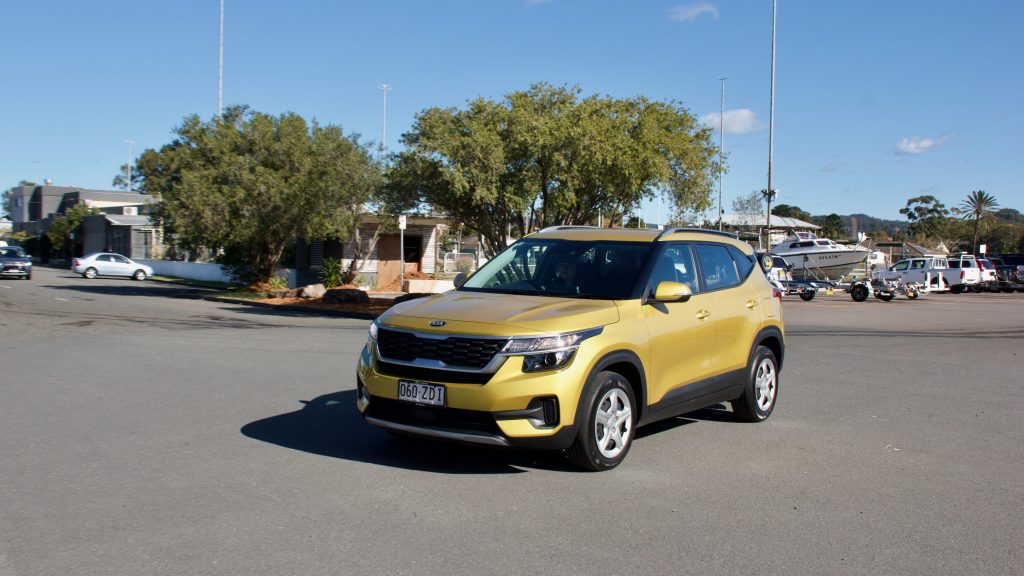
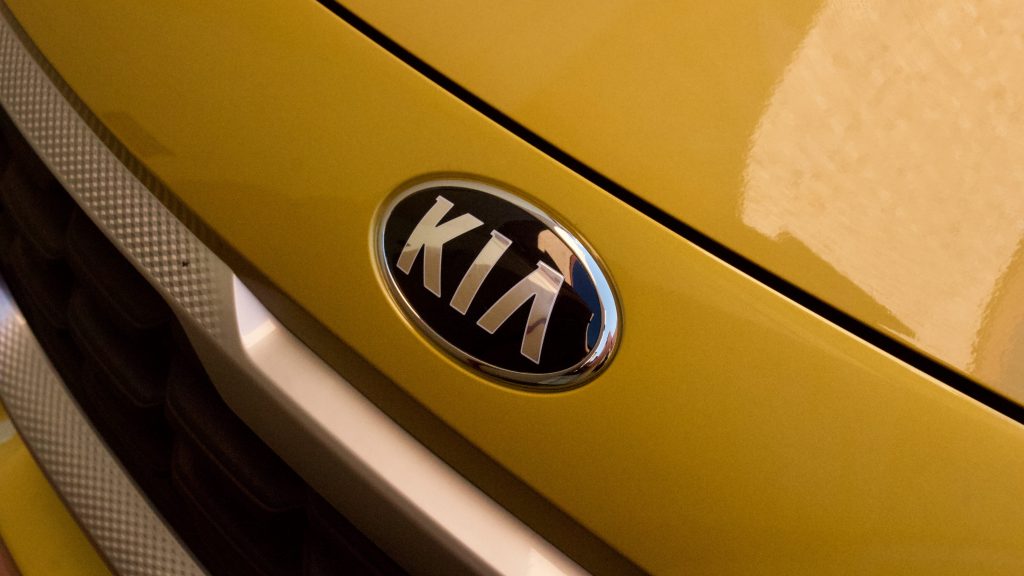
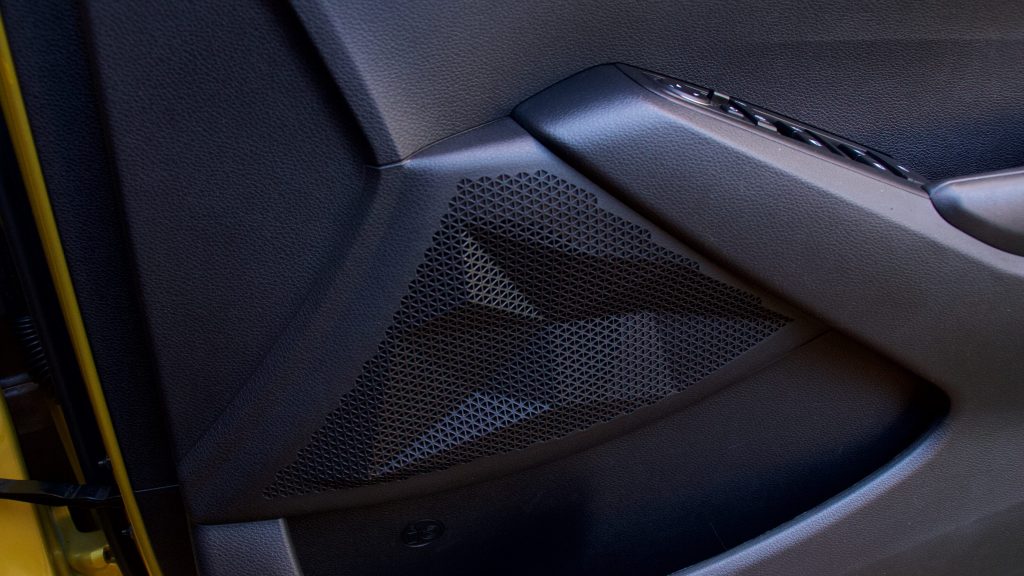
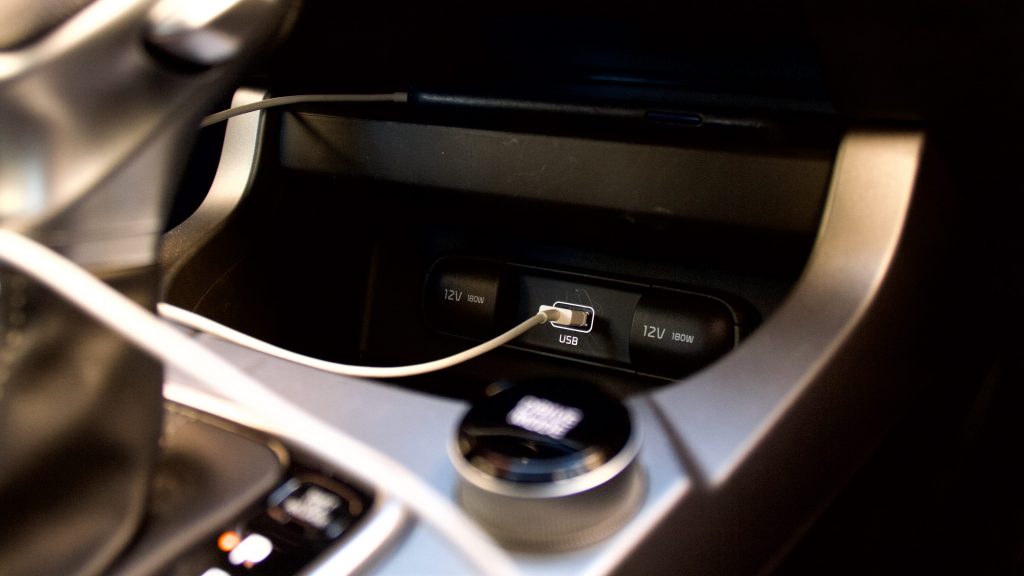
Yet it also offers a genuinely fun driving experience with the best CVT automatic we’ve ever driven. The quality could definitely be improved, but the basic package is solid and certainly preferable to the Nissan Qashqai, Mazda CX-3 and Mitsubishi ASX. Just make sure you tick the safety package box!
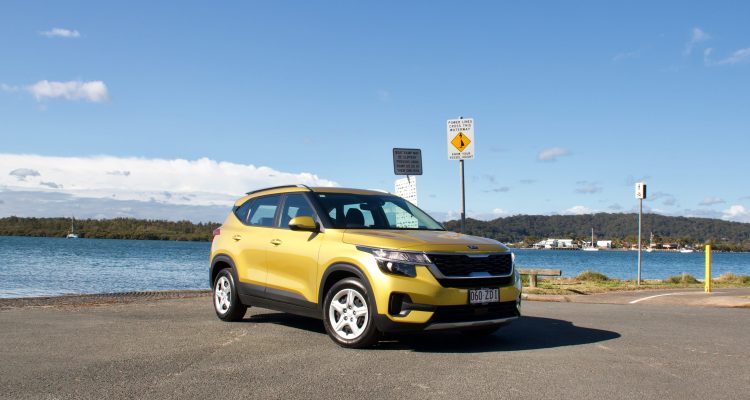
Leave a Reply